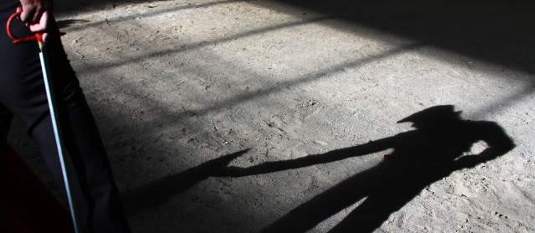This weekend begins the Feria Taurina La Macarenaa, which will run until February 16
Tomorrow, at 4:00 pm, with a bull from the Monterrey stalls starts the 22nd edition of the Feria Taurina La Macarena, with the Spain’s matadors, Pablo Hermoso de Mendoza and David Mora and the Bogotan matador, Ramsés, the first bullfighters of the fair, that will run for six weekends.
The bullfight goes against the wishes expressed last year by some city officials, including mayor Anibal Gaviria Correa and 17 of the 21 councillors, the the show this year would be bloodless, like the bloodless bullfighting of Las Vegas, US.
Bloodless bullfighting isn’t new. In fact, it’s not even new to Las Vegas. In 1965 a bloodless bullfight turned the Las Vegas Convention Center into a plaza de toros for a weekend of corridas featuring Mexican, Portuguese and even one American matador. To simulate the traditional bullfight, the matadors and rejoneadores, fighters mounted on horseback, stuck wooden sticks known as banderillas into a two-inch foam rubber pad secured on the bull’s back at the base of the neck.
The controversy began in 2012 mid-year, with the decision of the mayor of Bogota, Gustavo Petro, to suspend the bullfights in the Plaza La Santamaria to allocate space for cultural and educational programs.
In July 2012 the City of Medelling drafted a bill seeking to modify the bullfighting and eliminate the suffering, paind ad death of the animal in the show.
In October, with the political and legal support of the Mayor’s office, the bill was ready for first debate. The bill was controversial because, though two articles did not say it, eventually it would do away of the goring of the bulls.
However, the enthusiasm by the City was quashed when a ruling by the Constitutional Court said that mayors and councils could not ban bullfigths, which has an historical and cultural tradition in the country.
The Court decision cancelled the debate.
Spectator attendance is on the increase, especially in the young. This year’s estimate attendance is of 8.000 people each show, for a total of some 50.000 during the fair.
Many Colombians love the idea of a bloodless corrida that will let both matador and bull leave the ring on their feet to return another day. But one can’t help wondering, in sparing the bull, will the bullfight itself be sacrificed ?
Bullfighting
La corrida is the bullfight, a fetishistic sport that traces its roots to bull sacrifices during the Roman Empire and has been practiced in more or less the same form for hundreds of years. Today, it is an emblem of both Spanish and Mexican cultures – a controversial entertainment that has often been labeled a ruthless diversion for blood-lusting crowds out of date with today’s animal-rights sympathies.
La corrida is about the tension that fills the arena when the bull first trots out of the chute, a flower pinned to its withers and an air of superiority to its jaunty gait. It’s about the solemn dance between matador and bull that, when well executed, looks like a courtship between two complicit partners. And it’s about the anticipation of the final blow, a soul-throttling moment when the sword meets spinal cord and the bull drops, the sacrifice complete.
